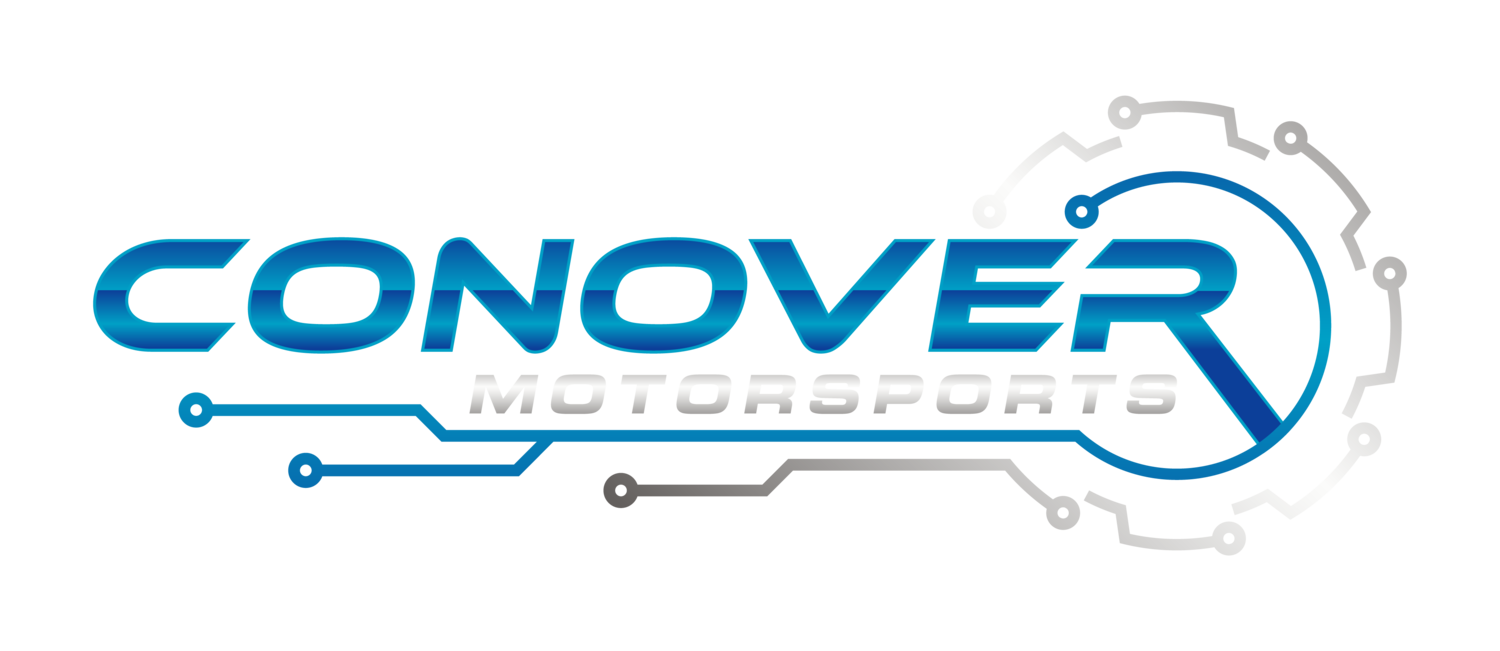Racing a MK5 Rabbit, AC Compressor
There are a few options for deleting the AC compressor, but are they worth the cost?
If you have already checked out the Drive Belt article here, you know that there’s no good way around having the AC compressor pulley in place. Something is going to have to be in its place to facilitate the drive belt for the water pump and the alternator. There are three options, do nothing and run a stock AC compressor, gut the stock AC compressor and lighten it, and finally buy an aftermarket pulley and either use the factory CCTA delete bracket or an aftermarket billet bracket. Let’s explore the pros and cons of each.
If you do nothing at all you will be fine, but you will be giving up some horsepower to rotating mass. The factory compressor has 5lbs of rotating mass, that is significant. In the world of racing rotating mass is critical, every bit you remove frees up power and improves throttle response and acceleration. You also will have a 12.5Lb thing hanging out way out on the front of the ahead of the front axle, getting rid of some of that mass out on the end of the car will not only improve acceleration by weight reduction, but it’s weight that is in a really bad location, especially on an understeer prone FWD car. This option is workable, but not ideal.
Gutting the factory compressor is a really good option in my opinion, it is very cost effective, and something that I think you will want to do even if you decide to replace the stock parts with aftermarket bits, you can retain your factory compressor as a spare in case of failure during an event. Cost wise it’s nothing but time. If you have a running 2.5L 07K engine you have a servicable AC compressor already, cost is zero. If your AC compressor is broken or damaged, you can get a replacement used unit from a salvage yard for about $70. It took me a total of 2 hours to get my AC compressor to this point.
This is basic weight reduction, just using a step drill, an air saw, and a sander and cleaning out all of the shavings.
I’m going to follow up in a bit with a more aggressive weight reduction effort to see just how light we can get it, and I’ll mount that on my car and race with it to prove it’s worthiness. The following video shows a how to of what steps I took to get down to that weight. If you are interested in doing this, it’s worth a view, I share step by step procedures as well as required tools and final results.
The above video shows what you can accomplish for free. You cut the rotating mass in half from 5Lbs. to 2.5Lbs. And with just a bit of extra time you are able to reduce the overall weight of the unit from 12.5 to 6.9 Pounds, almost in half again. I’ll let you know how light I get it with another hour or two of time.
The final option is spending money. The cost of aftermarket parts is around $360. The AC delete bracket from the factory is about $150 and an aftermarket billet aluminum pulley is another $160. I have been told that the total weight of this is 2Lbs, but I have not verified that. I would love to hear from someone who has one what the total weight is, with fasteners, and then also, the weight of only the pulley itself. I’m sure this is a fine option, the biggest problem is cost. And if you want equivalent parts in the kit for spares you have to double that. The other thing that I have heard is that the bracket can be kind of fragile, so if you are following my drive belt recommendations of removing the tensioner and tensioning the belt as you install the compressor or delete bracket, you need to be very careful not to put too much leverage or force on the back bolt area or you could break the factory delete bracket. The billet aftermarket bracket is probably less of a concern as that part looks somewhat over-built. If you have either of the aftermarket solutions, please let me know if you weigh them, I would love to be able to add a weight comparison. Is 4lbs of weight and 1.5Lbs of rotating mass worth $360 to you? It might be. But, if you are just starting out with the car, I’d say it’s not likely that this $360 is going to make you faster. The money is better spent on track time or tires. When you think you’ve sharpened your program to the point that you are searching for every sliver of weight from the car, go for it, spend the money. But, I think you will still want to gut the factory unit, because you need to have spare parts on hand in case of failure. We know that the factory bearing and compressor are capable of many thousands of miles on the road and hundreds of hours on track, but the aftermarket units don’t have a proven record yet. Did they select a bearing that is capable of long life under these conditions? We don’t really know yet.
Thanks for stopping by! See you at the race track!


